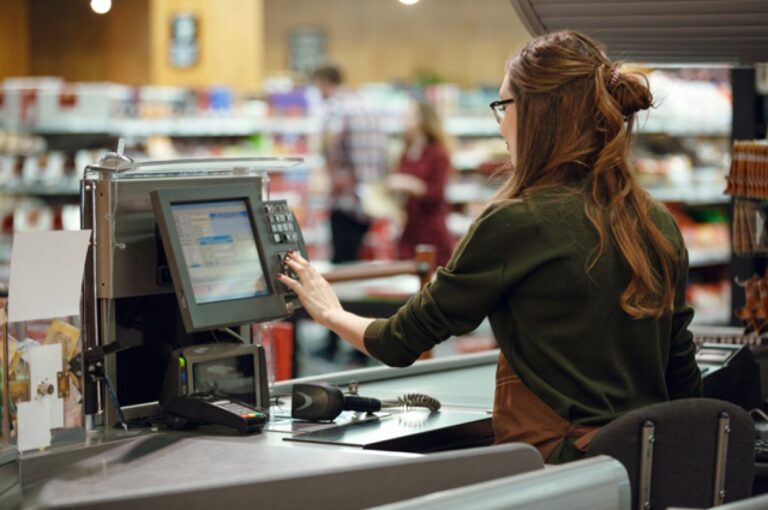Say Goodbye to Manual Mistakes with a POS System

In the world of business, even the smallest mistake can have a big impact. A single miscalculated transaction, forgotten inventory update, or pricing error can lead to lost revenue, customer dissatisfaction, and wasted time. For years, many small businesses have relied on manual processes — handwritten receipts, spreadsheets, or basic calculators — only to face errors that slow growth and hurt credibility. Fortunately, there’s a smarter solution: Point of Sale (POS) systems.
Modern POS systems are designed to eliminate human error, streamline operations, and help business owners make accurate, data-driven decisions. If your business still relies on manual methods, it’s time to rethink your process. Here’s how a POS system helps you say goodbye to costly mistakes — for good.
1. Accurate Sales Transactions
Manual entry at checkout is one of the most common sources of errors. Typing in prices, calculating totals, and offering change manually leaves room for mistakes — especially during busy hours. A POS system automates the entire process. With barcode scanning, preloaded pricing, tax calculation, and automatic totals, every transaction is fast, seamless, and accurate. The result? Fewer disputes, fewer returns, and happier customers.
2. Real-Time Inventory Tracking
Inventory management is another area where manual systems often fail. Handwritten logs or outdated spreadsheets can easily lead to discrepancies — overstocking some items and understocking others. A POS system updates your inventory in real time with each sale, return, or restock. This keeps your stock levels accurate, reduces shrinkage, and helps prevent the costly mistake of selling items you don’t actually have.
3. Employee Accountability
Without a system in place, it can be hard to track employee performance or identify errors caused by staff. POS systems allow you to assign individual logins for each team member, monitor their transactions, and track their sales. If mistakes happen, you’ll know who was responsible and can offer proper training. This boosts accountability and encourages better work habits.
4. Pricing Consistency Across Products
Have you ever charged the wrong price for a product or missed a recent price update? That’s a common issue with manual pricing. A POS system allows you to set and update prices centrally. Whether you have one location or multiple, you can apply changes across the board instantly — ensuring consistent pricing and avoiding errors that can hurt your bottom line.
5. Simplified Reporting and Analytics
Manual data collection is not only time-consuming but also prone to miscalculations. A POS system generates real-time reports that are always accurate. From daily sales summaries and profit margins to customer insights and best-selling products, everything is compiled automatically. This helps you make smarter business decisions and avoid costly assumptions.
6. Fewer Refunds and Disputes
When customers are overcharged or sold the wrong item, it leads to disputes, refunds, and potentially negative reviews. With a POS system in place, these mistakes become rare. The system verifies every product, price, and promotion before completing a sale — reducing errors and keeping customer satisfaction high.
7. Time-Saving Automation
Manual processes take time — time you could be spending on growing your business. A POS system automates tasks like inventory updates, sales tracking, discount application, tax calculation, and even employee scheduling. Automation not only reduces errors but also frees up your time to focus on what really matters.
Final Thoughts
Manual errors are not just frustrating — they can be expensive. From pricing problems and inventory mishaps to employee mistakes and inaccurate reporting, traditional systems leave too much room for human error. A POS system eliminates these risks, creating a smoother, faster, and more reliable business workflow.






